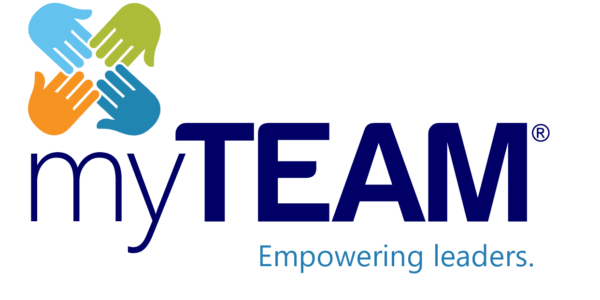As stress, depression and anxiety have surged in the workplace in recent years, especially among Millennials and Gen Zers, “employee well-being” has become a popular organizational catchphrase. But despite this increased awareness and focus, employee well-being numbers continue to trend in the wrong direction. According to a Gallup study, poor mental health costs the US economy almost $48 billion annually in lost productivity.
So, what is going wrong? Are organizations making investments into well-being that simply are not working, or as the phrase goes, is there just a lot of noise and not enough music?
The answer is somewhere in the middle.
The Role of Middle Managers in Boosting Employee Well-Being
Many organizations have increased efforts to foster employee well-being — and their employees have noticed. The American Psychological Association found that 71% of the workforce believes their employers care more about their mental health now than they have in the past. The problem, however, is that senior executives tend to overestimate the general well-being of their employees, resulting in the continued implementation of inadequate measures.
Furthermore, the task of managing employee well-being has fallen onto the already overburdened and burned-out shoulders of middle management, a group of leaders who are neither trained nor equipped to be responsible for the mental health of others.
As the appointed gatekeepers of employee well-being, middle managers must learn practical skills to effectively support the overall wellness of their teams. Moreover, the demand for remote and hybrid work options adds another critical layer to the need for leadership skill training. As the line between the office and home has blurred for many employees today, feelings of isolation and a decreased work-life balance have increased. Yet only 3 out of 10 middle managers report receiving any formal training on leading hybrid teams.
In the midst of varied and often competing priorities demanding attention, what should business leaders focus on to most effectively prepare their frontline leaders to manage the well-being of others?
Employee well-being must start with manager well-being
You cannot pour from an empty glass, and right now, middle managers are running on empty. In fact, 2023 has been described as the year that finally broke this second rung of leadership – who are continually being asked to do more with less. Middle management would benefit from a recentering of their responsibilities in a way that allows them more time to focus on the people side of their role – coaching, developing, and mentoring. They also need to feel supported by senior leadership as they focus on their own well-being and serve as role models for their teams.
Unpacking employee well-being: helping middle managers understand burnout
Employee well-being has shifted over time from an emphasis on physical health to a whole-person concept. In addition to understanding what the construct of well-being entails, middle managers need to be aware of what most impacts it – both positively and negatively.
For this, a model of burnout is key. While workload is often blamed, burnout is actually shaped by a complex interplay of an employee’s perception of their sense of fairness, control, purpose, community, recognition, and yes, workload.
Researchers Christina Maslach and Michael Leiter emphasize that burnout is not a product of the individual but rather the social environment in which the individual works, and it does not develop overnight. Accountability, an aspect of ‘fairness,’ is the most frequently cited source of frustration and unhappiness by employees, and an excellent place for organizations to start their focus. By proactively addressing these fundamental dimensions of burnout, managers and their organizations should see tangible improvements in employee well-being.
Enhancing leader effectiveness: evidence-based training that supports employee well-being
Middle managers frequently cite leadership training as missing or misdirected by their organizations. When it comes to employee well-being, they recognize their current tactics, while well-intentioned, have not been successful in boosting the overall morale and productivity of their teams. Managers need evidence-based skill training to provide them with the tactical tools necessary to effectively meet organizational goals regarding employee well-being.

As employee well-being statistics continue to decline in spite of a growing body of research indicating its impact on retention and productivity, senior leadership must examine the efficacy of their current approach. Prioritizing the support and development of middle managers is essential if your organization is serious about moving the needle on employee well-being.
Stamp & Chase offers unexpected solutions to challenges of employee well-being, retention, and disengagement that many organizations are facing today. If you’d like to learn more about our robust tools and approaches that help leaders transform staff engagement by developing middle managers, send us a message here.
